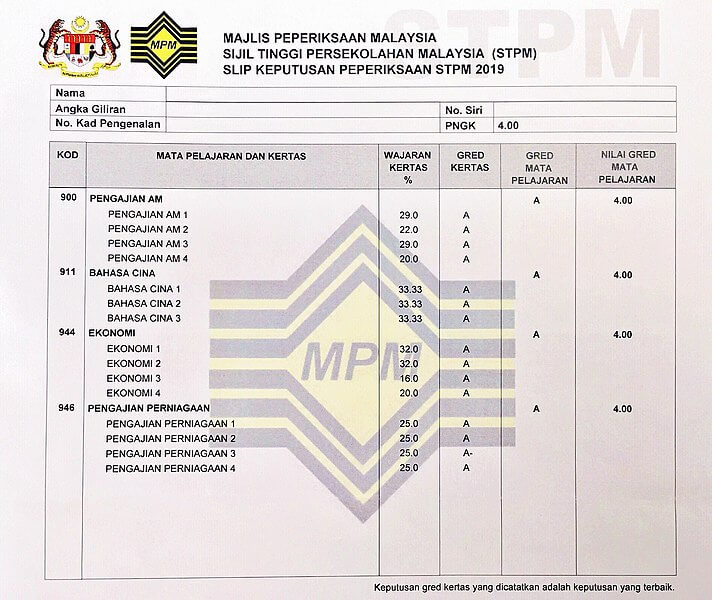When you’re applying to universities abroad, you’ll be required to send in your academic documents—such as your diploma and academic transcripts. But what if your diploma and transcripts are not in English?
The good news is that universities will accept your academic transcripts—as long as they’re accompanied by translated notarized copies.
Before we explore how you can get your academic documents translated and notarized, let’s start by understanding the difference between a diploma and a transcript:
- Diploma: This is a document that’s issued to a graduate by a higher educational institution. A diploma confirms that the graduate has received a degree in a particular specialty from the educational institution. Typically, a diploma contains a number that confirms its authenticity.
- Transcript: This is a document that accompanies a diploma. A transcript provides a detailed extract that includes a list of subjects studied, the number of hours for each subject, grades for exams, and a list of passed tests. Sometimes, this document is referred to as a Cumulative Record File.
University admissions require applicants to submit both of these documents. If your diploma and transcript are not in English, here is how to get them translated:
How to Translate Your Diploma into English
You can easily get your diploma translated in these three steps:
- Make a copy of the diploma and have it certified by your university. Contact the alumni office for information on how you can get a certified copy of your diploma.
- Get the document translated by an authorized translator. You need a literal translation of the document into English (or the language required by the university). It’s crucial to find a competent translator—the slightest divergence between the original document and the certified translation can cost you a place at the university. If your university can translate the diploma, you should definitely explore that option as it will come with the official university seal.
- Notarize the translation (if required): Some universities will only accept notarized translations of diplomas. You must have the original and a copy of the diploma with a notary’s stamp to verify authenticity. If you used an independent translator, their presence is required for notarization. If your diploma was translated by the faculty of your university (see step 2 above) and bears the official university seal, the translator’s presence isn’t required—the notary will put his seal to complete the notarization.
How to Translate Your Academic Transcripts into English
Translating your academic transcripts into English can be summarized into these four steps:
- Draw up a table that lists all the information from the diploma appendix or examination sheet (if the diploma hasn’t been issued yet).
- Have the document translated by an authorized specialist. The translator will provide a literal translation of your transcript and attach their signature. If notarization is required, the translator’s presence is also crucial. You can also get the translation certified by the faculty of foreign languages at your university. Doing so will bind the translator’s signature with the university’s seal.
- Have the transcript translation notarized (if required). Just like in the case of notarizing a diploma, the presence of the translator will be required for notarization. If the translation is certified by the university, however, all you need is the notary’s seal to complete the notarization.
- Registration of an explanatory note in English from the university that issued the academic transcripts (if required). The note provides information about the grading system used (such as 5-point or 10-point) and the GPA of the diploma. The explanatory note is optional as information about the grading system is often indicated in the transcript. If you do include an explanatory note, it must have supporting stamps and signatures.
Sending Your Academic Documents to Universities Abroad
With your translated and notarized diploma and academic transcripts at hand, the next step is to submit the documents to the university to which you’re seeking admission. Most universities have a digital system for receiving admission documents. All you need to do is scan the required documents (originals and translations) and upload them to the application form as attachments.
In some cases, universities abroad may ask applicants to send printed copies via mail. If so, send the translated document together with a certified copy of the original diploma.
Have the documents sealed in an envelope after which it’s stamped and signed by an authorized person on the gluing line. On the envelope’s reverse side, write the address of the university in both your language and the language where the university is located.
Note: Some universities may impose additional requirements for confirming the authenticity of your diploma and academic transcripts—such as affixing an apostille. Read and follow the guidelines on submitting academic documents provided on the university’s website or by an official representative.



